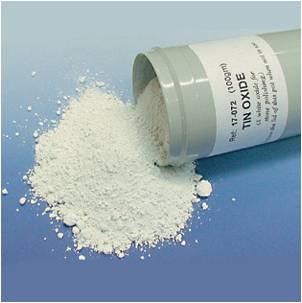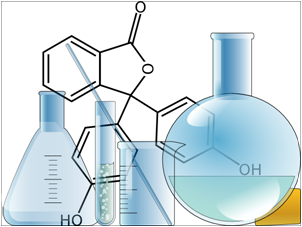 One of the first things to understand about a marble polishing powder is that it’s the SECOND step in the marble polishing process and is not a singular solution to removing stains, etches and scratches on a marble surface.
One of the first things to understand about a marble polishing powder is that it’s the SECOND step in the marble polishing process and is not a singular solution to removing stains, etches and scratches on a marble surface.
The first step BEFORE using a polishing power is to remove the offenders. A polishing powder, without removing stains or etches will simply accentuate or draw attention to the stain or etch by making that spot glossier and more noticeable.
What a polishing powder consists of are very fine abrasive grains that when applied through buffing create a high gloss. It’s the partnership between the buffing pad on an orbital buffer and the dampened powder that created the catalyst for a shine.
Depending on the surface condition of your marble, a single application polishing may not be enough to get the highest gloss on the first pass. Another thing to know about marble polishing is “less is more”.
Adding a thick paste of polishing powder will NOT work as well as a very thin surface layer because it’s circular motions over small, measured areas (WITHOUT letting the paste dry) that will get you the most satisfying shine or gloss.
What’s in Marble Polishing Powder?
One of the primary ingredients in a polishing powder for marble and granite is Tin Oxide — and often “stretched” in some low quality compounds with the addition of pumice its makes a very fine abrasive. Tin Oxide in its pure form is the best polishing agent for marble and granite.
 It is fast in action, very economical to buy and use, and produces a gem-brilliance. It is also used for polishing glass and jewelry.
It is fast in action, very economical to buy and use, and produces a gem-brilliance. It is also used for polishing glass and jewelry.
Tin oxide is NOT soluble in water meaning this type of polishing powder will not dissolve when water is added.
Water is merely the medium that allows a buffer to distribute the tin oxide over the marble’s surface creating the shine.
It should be noted that exposure to tin oxide can result in mild irritation to the eyes, skin and mucous membranes and may also lead to pulmonary problems if inhaled so rubber gloves should be worn when using this to polish marble.
If you buy a branded polishing powder you will likely pay more than buying pure tin oxide powder. At least buying the pure powder direct you are not subjected to possible fillers often undisclosed on the labels of branded products.
Follow these simple steps for using a pure tin oxide powder:
- Start by sprinkling a light dusting of tin oxide powder on your marble’s surface. For best results, apply powder only to the dull area and not over the entire surface. Why treat undamaged surfaces? Save yourself some elbow grease!
- Take an ordinary household spray bottle and lightly mist the powder with water. Regular tap water is fine. The reason for “misting” is you want to lightly dampen the tin oxide (it won’t dissolve anyway as noted above) and not blast it all over your marble’s surface.
- Work the powder into the stone by using measured circular motions with either a clean, slightly damp cloth or with a polishing pad on an orbital buffer. The light circular motions will produce shine but will NOT clean the surface. This must be done prior to polishing.
- When the desired level of shine has been achieved, wipe dry and you’re done. Duller areas may need more than one application.




